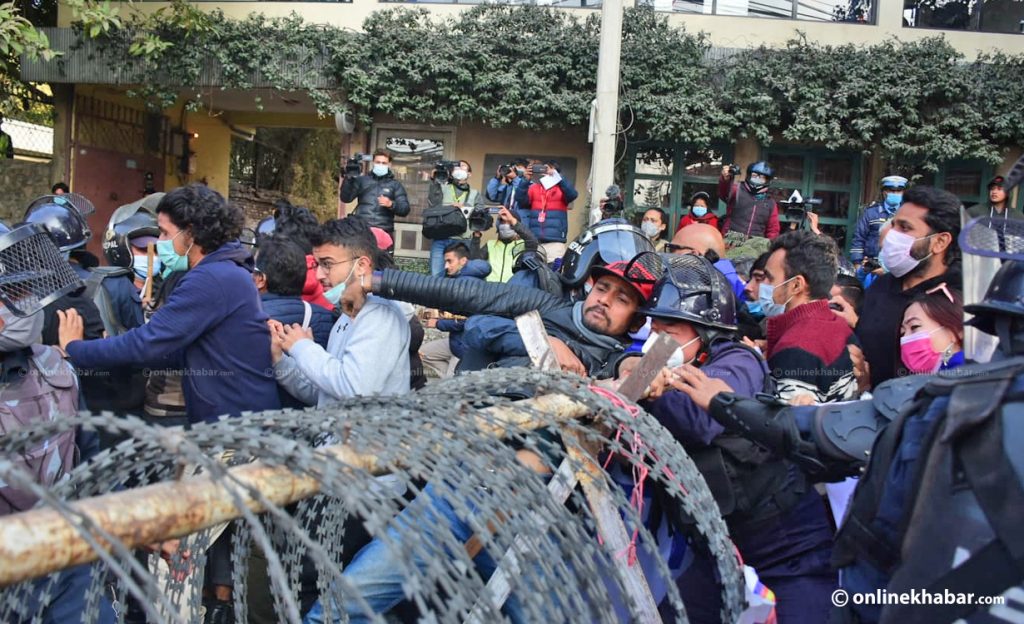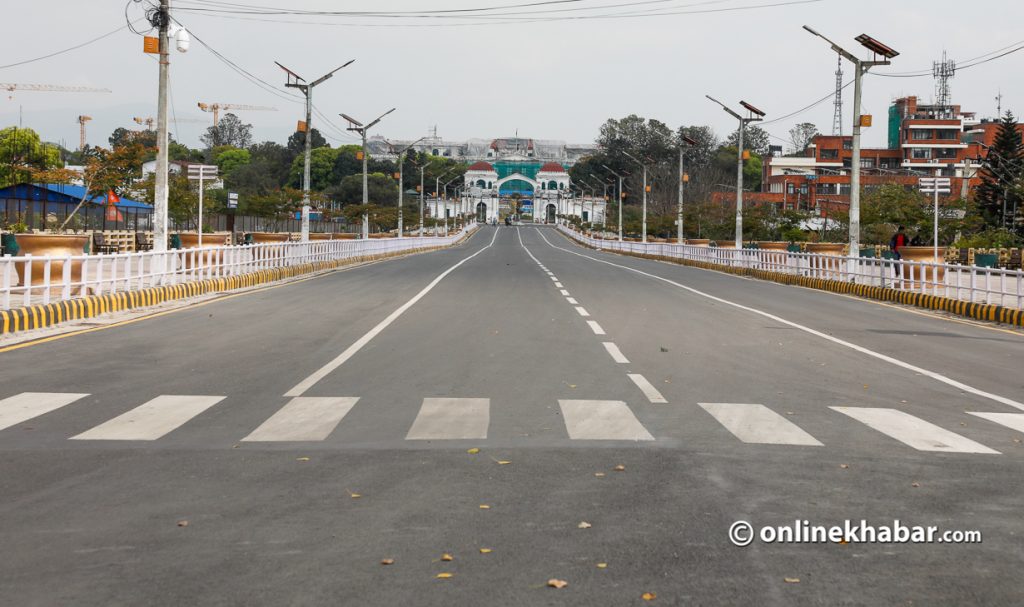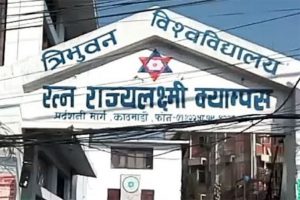
Student politics and movement hold utmost position in world politics. It has played a crucial part in almost every revolution throughout the globe. Their advocacy for participatory democracy, economic justice and social harmony is admirable.
The foundation of various political and social changes was laid by students. Starting from The American Revolution to The Global Climate Strikes, the student movement has contributed a lot to the development of the modern world. The Opposition of the Vietnam War, The White Rose Movement against Nazi and the Demonstration on Tiananmen Square show the bravery of students and their commitment to democracy and freedom.
In Nepal’s context, students and their unions played a pivotal role in every big political change that the country witnessed. Starting from the Anti-Rana Rebellion (1950s) to the changes of 1990 and 2006, none would have been possible without the active participation of students and their sacrifices. A decade-long People’s War of Nepal brought immense social and political transformation in the history of the nation, which was also powered up by the students. In short, the student movement stood up as the backbone of social movement in the history of our country. But today they seem to lose their spark in every step.
Student unions who used to set the directives for political parties regarding social issues and even claimed autonomy from the mother political parties are blamed for turning into mere tools to serve the partisan interest of mother political parties. Their undemocratic structures and lack of transparency of union leaders in their work have also declined the attraction of the general public and common students towards the movements. The movement which used to be called a nursery for national politics that helps to raise new and young political leaders for the nation is under the big question today. The relevance of student unions and movements is under threat. Can we answer all the questions raised towards us? Can we revive the student movement?
The challenges are massive and the questions ahead are very tough. Even though there are challenges, we can find out the mitigations too. The honest initiation by the young generation can restore the glory of the student movement. As Mao says, ‘Make yourself the first target of the revolution’, we must be ready for self-transformation.
The way of student leaders who are leading the movement must change their thinking and working mechanisms. The student leaders should maintain their credibility, transparency, and accountability towards the general public and students. This shall lay the foundation for reviving of student movement. There are many ways and ideas to raise the foundation of the student movement. However, in this article, I will focus on these three prime responsibilities.
Connecting with society

The students are considered to be the progressive block of the society. They should not advocate the pre-set agenda of society and run behind the propaganda set by others. The major responsibility of students and their union is to understand the real social dynamics of the new transition that the nation is going through and the factors responsible for them. They should also be able to counter the problems brought by changing social dynamics through their intellectual intervention and suggest the way ahead.
Countries cannot move ahead without understanding the actual change in their socio dynamics and also the resistance and adaptation to those changes. Student unions should be the first to understand those changes and act responsive. In today’s context, Nepali society is going through several alternations which are not still serious issues of discussion for mainstream politics.
Issues like Movement of Identity, Changing Family Structure, Globalized Monopoly of Financial Institutes, Socio-Economic Aspects of Local and Abroad Migration and many others that are affecting the life of the general public should be carried out, analysed and advocated by the student unions. Student unions must stand firmly on the issues every issue related to the livelihood of the general public and stay connected to laymen rather than engaging themselves with so-called established big leaders. This helps to build trust and hope in student unions.
Student movement itself is an opposition movement and is a part of social movement. Thus, it should dare to raise questions against the ruler irrespective of who represents the government and shall always be a trustworthy partner of society, more especially of subaltern communities.
Student-based student movement

Politically we might feel proud of our historical achievements but as a general student, there is very little for which they can appreciate us. Issues of students became a corner part of the movement, only political agendas dominated the space for decades due to the transition faced by the nation. But now it is time to make a historical call for political and organizational independence from partisan affiliation and declaration of new dynamics of the student movement that holds students first.
Today student unions are limited up to the agitation against petroleum price hikes and unrestrained debate against each other. No considerable attempts are being made to facilitate students and reform the existing educational system. Academic calendars are disturbed, curricula set by our universities are uncompetitive globally and there are high dropout rates. There is quality diversity between rural and urban areas and even between different institutions and universities. Besides this, we do not provide learning with earning opportunities nor job guarantees after degrees to students, thus students are under the burden of debt today due to which they cannot continue further.
Universities lack full-time students due to which there is no research output. There is also a serious problem of student-drain, the rising dominance of foreign universities affiliated institutes is also challenging our education system. It is time to change our discourse on the student movement and discuss problems like the above which are affecting the lives of students and questioning our education system.
Student organisations now should advocate for the overall reform of the education system and all sorts of rights that students deserve but are deprived of. A minimum support program for students (MSPS) can be the theme of the movement which will advocate subsidies for students on food and accommodation and educational materials, part-time job opportunities and special grants for their research interests. Besides this, we shall also be aware of day-to-day problems faced by them like irregularities of calendars, fee hikes and many more. Joint advocacy of regular election of Free Student Union irrespective of partisan interest is most important and must even guarantee that regular students dominate the election. In short, the student movement should dare to return itself to real students rather than bowing down to party leaders.
Structural transformation of unions
Student unions portray them as the guard of democracy and freedom but they have minimum internal democracy. They do not have a parallel leadership structure and are highly hierarchical. The central committee of unions are directly connected to respective party headquarters, and thus could not enjoy their autonomy.
The issues and movement of unions are controlled by party committees. Central committees are bounded by party committees and they bound the committees below them. Committees of campus are mobilised by the centre when needed but their autonomy is sized even if the issue is related to their respective campus. This pattern has moved real students away from being part of student unions. Student unions are near to the partisan interest of the respective party and far away from the interest of fellow students. Most of the so-called leaders of all the unions are not even students.
Being part of a student union myself, I have realised that a real student can never lead the union due to the bulky structural format we have built. Even if one never fails, it takes 18-20 years for him/her to complete the journey from a member to the central leader of the union. This process will decline the passion of individuals to work for students and the education system, rather they are directed to use their position as a ladder for party politics. Besides this, nepotism and favouritism are other problems inside the student unions. Our unions’ internal divisions are still traditional. Departments of unions are the copies of their respective party which are useless. There is no innovation neither those departments can contribute any.
Thus, the structural transformation of the student union is one of the prominent aspects that shall be considered and it is simple too. Granting autonomy to student unions and all respective committees, along with dismantling hierarchical structures and establishing a new pattern that enables genuine student leadership in organizing and movements, is sufficient.
History itself speaks about the necessity of the student movement in Nepal. Today’s dynamics also appeal for the strong representation of the student union and new wave of student movement to clear the existing disturbances of the society. But our present status doesn’t allow us to lead this society but there is neither an option.
A transformed student movement is the demand of the time and we should lead this nation in all aspects; philosophically, politically and organisationally. Let us first stand for the students and students shall stand for this nation. Nation is of all but mostly is of us. Let us commit, we can revive again; the essence of the student movement again.





















